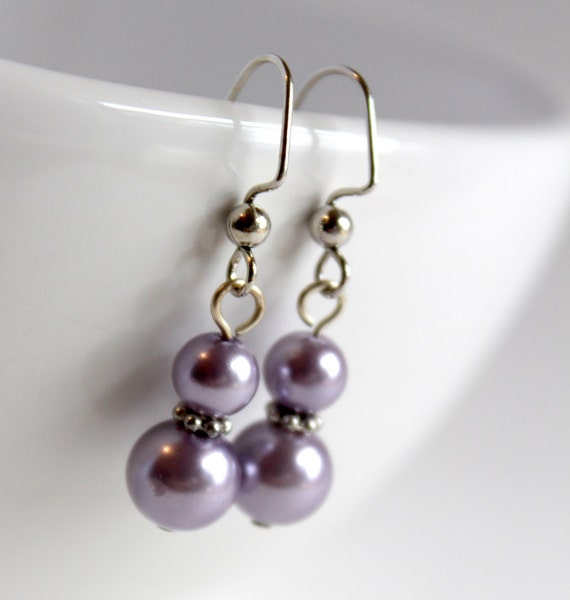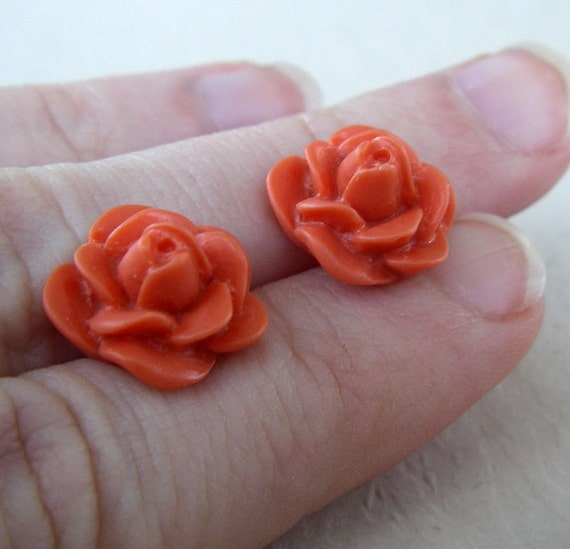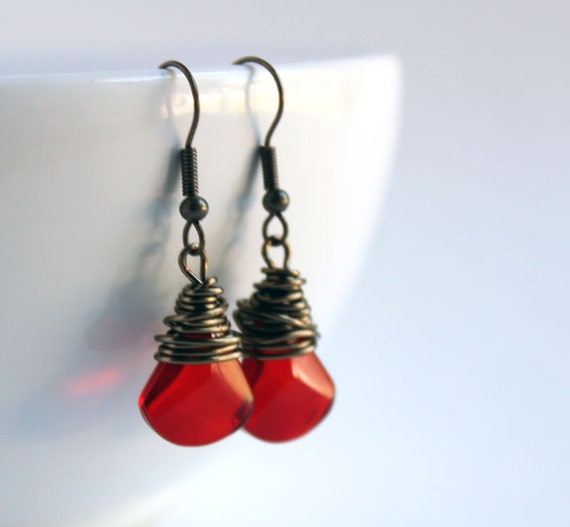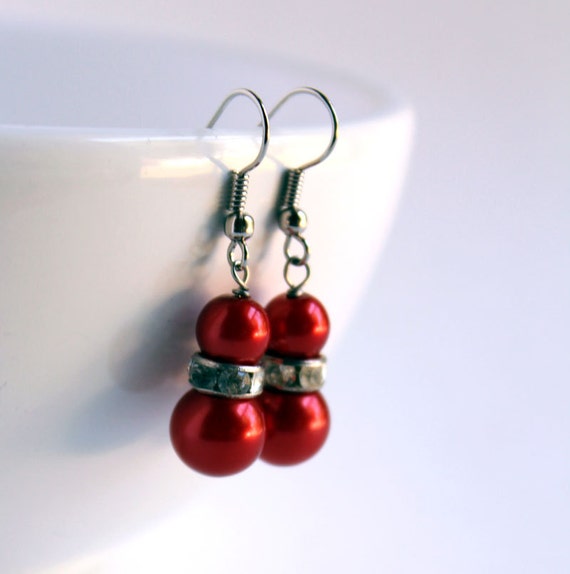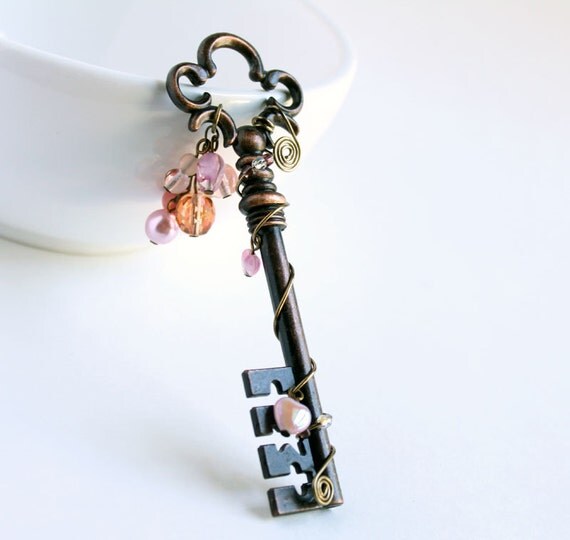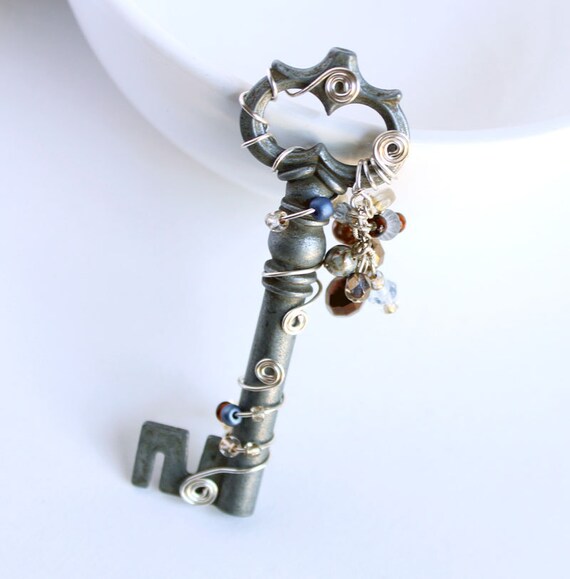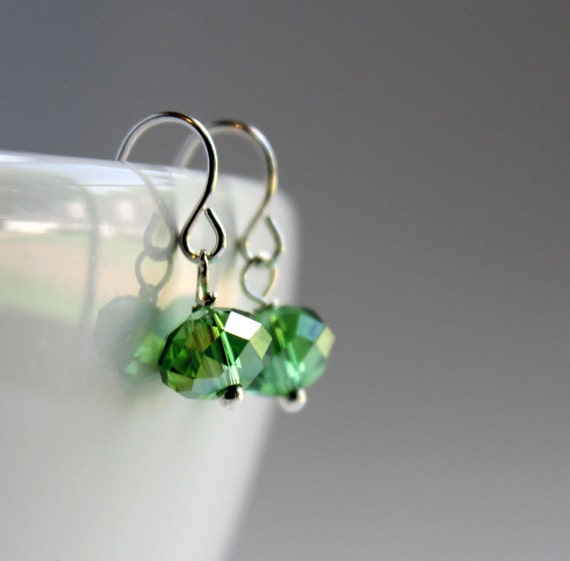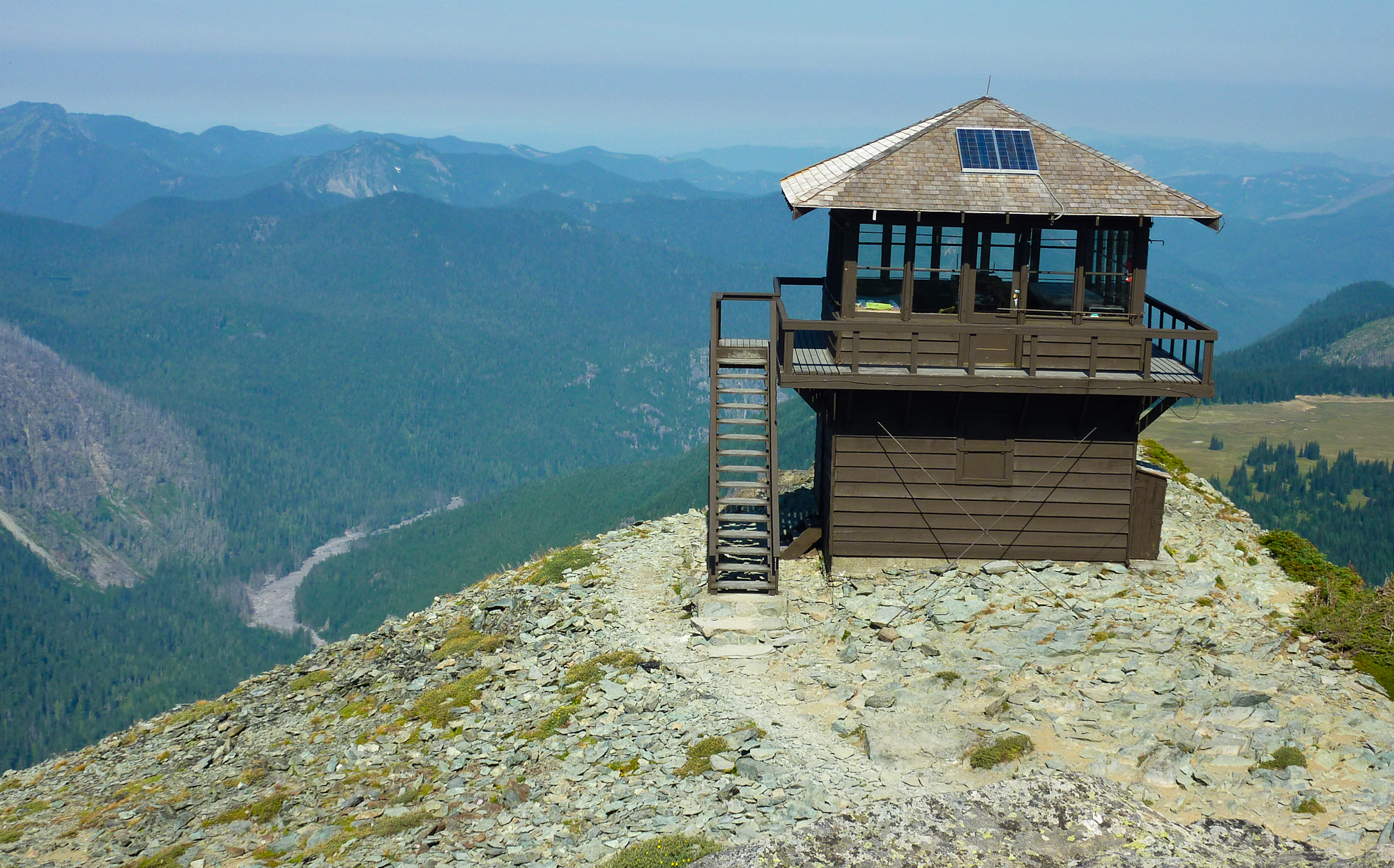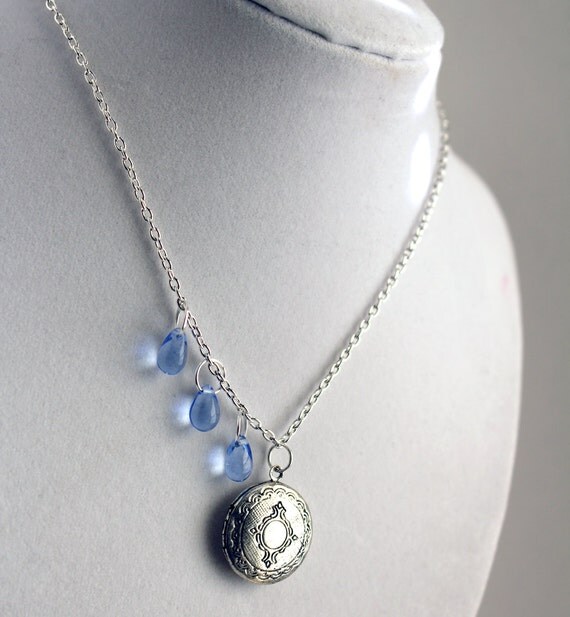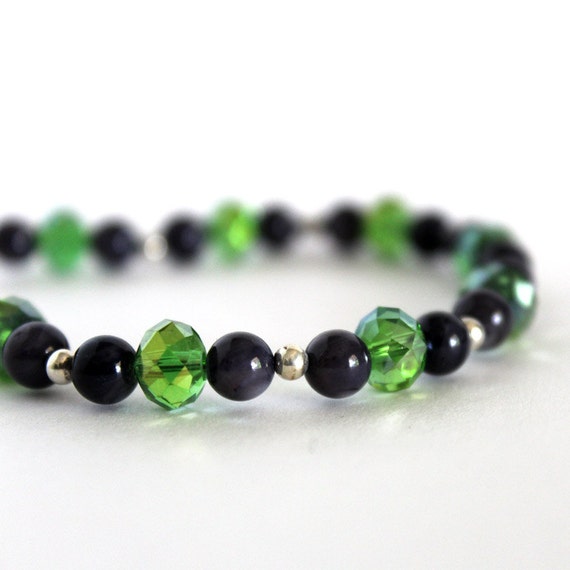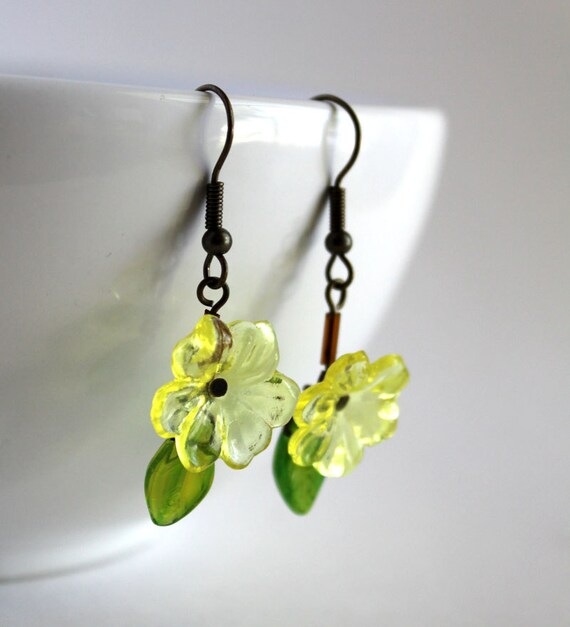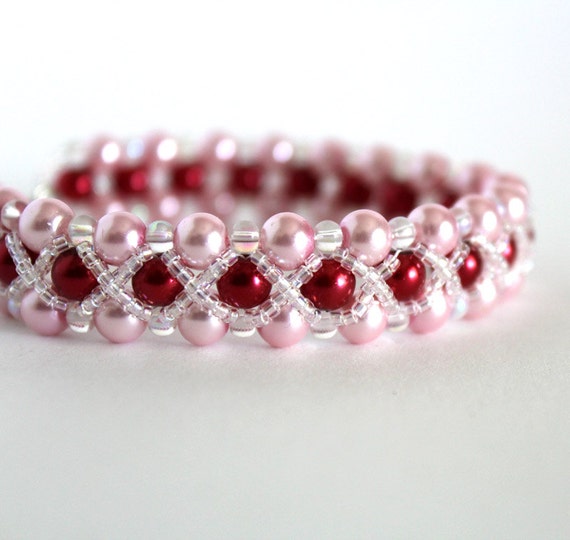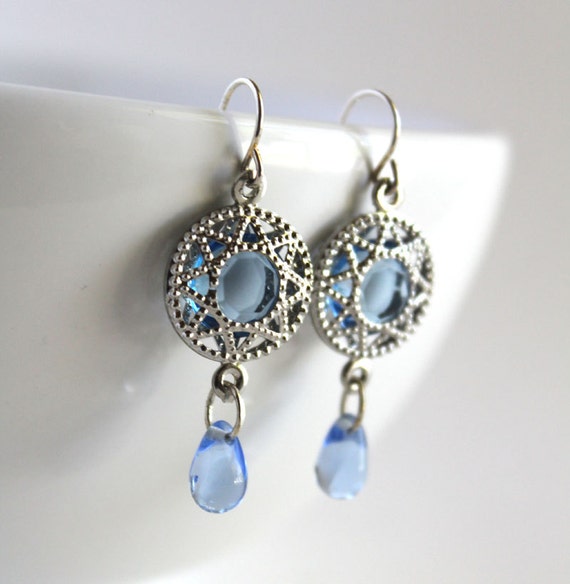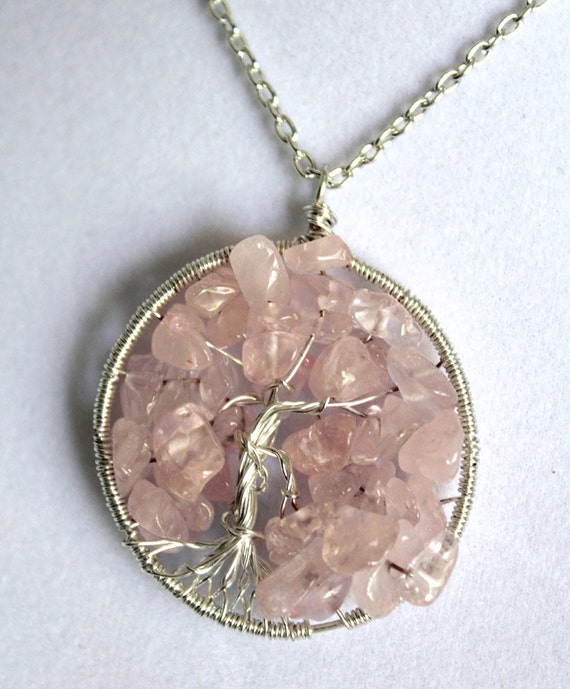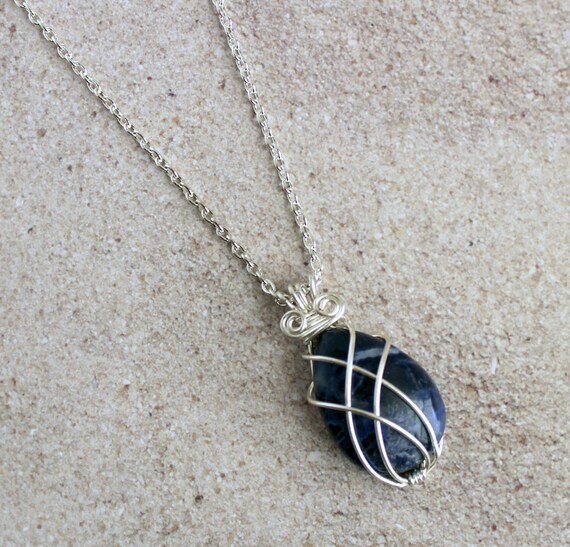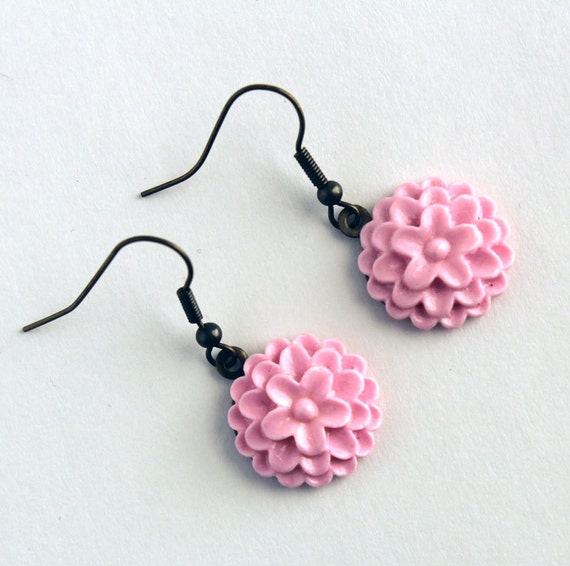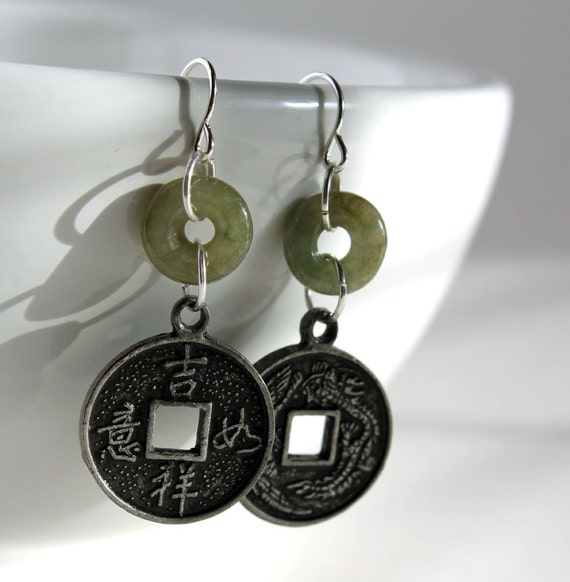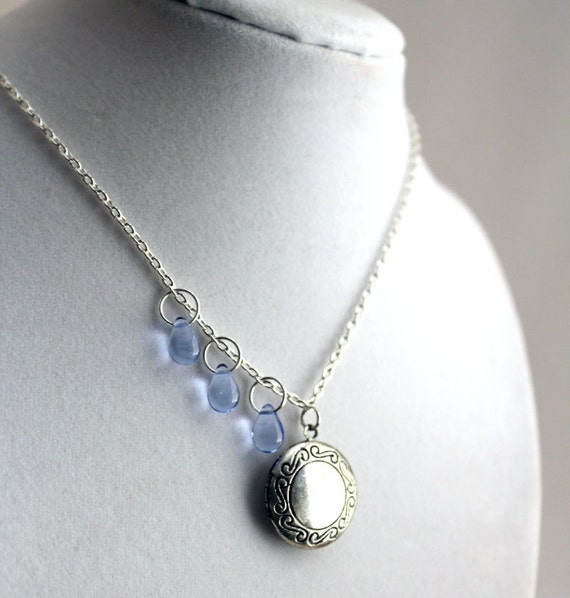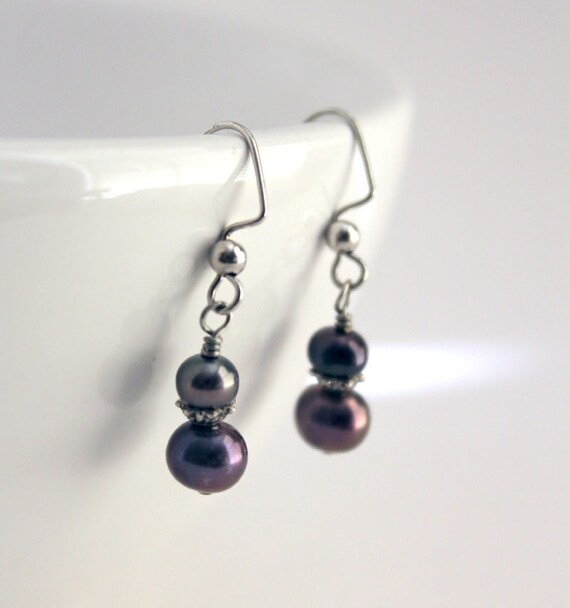While I spoke a bit about photos when I wrote about listing things on Etsy in my
other blog, I never really went into detail like I'm going to now. There's a million and one places you can find information about photographing things for your Etsy shops, but instead of just telling what to do, today, we're going to talk a little bit about
why you should photograph things a certain way, and ways you can accomplish it without cutting into your bottom line.
Quality photographs are one of the biggest selling points for your products, but if you're not an art student like me, you may not have an idea how to make your product photos pop. Don't worry, it's not as hard as you think! There's really only 3 things to worry about:
- Your photos need to be clear
- Your photos need to be bright
- Your photos need to be nicely staged
But as to what each of those things means, that's something we'll explore in a moment. First, I want to make something clear, because it's a concern I hear a lot.
You don't need to have a nice camera or expensive software to have nice product photos.
Seriously, it's more important to know what you're doing than to have a camera that costs $900. Of course, a fancy DSLR might help, but only if you know how to use it. One of my friends takes all her product photos with the camera on her iPhone, and her photos look great! As long as you have access to a camera and a few free tools, your results can be great.
 |
| Still my preferred camera for family outings |
While I'm blessed to now have a Canon T3i for my photos and a copy of Photoshop my sister purchased, I had photos that were just as nice when I used the shabby little broken Pentax camera we mysteriously found in the bottom of a box after moving. Before I had access to the software I use now, I relied heavily on
FotoFuze for cropping items out of photos and putting them on a white background. It's free and easy to use, and faster than cutting things out by using computer software and a mouse.
Aside from any camera and maybe access to FotoFuze, one other thing you'll need is a program that will allow you to adjust the brightness and contrast of your photos, crop and resize them before you take them into FotoFuze. Photoshop is the best tool there is for this, but if you didn't grow up with a graphic designer for an older brother and then luck out with a super-generous sister like I did, you can do just as well with
GIMP. It's another excellent free resource, and getting better all the time.
Now that you've got a camera and editing software, let's move on to the next step, shall we?
Your photos need to be clear.
It might seem like a "duh" statement, but you'd be amazed at how many blurry photographs I see on Etsy. Never be that person. Retake a photo as many times as necessary to get a clear image. If you have shaky hands and don't have access to a tripod, try bracing your camera against a box or stack of books to keep the tremble at bay while photographing items. This will let you angle the camera and adjust as needed to get a good shot, but will drastically reduce the chance of ending up with a blurry photo.
If your photos always turn out blurry, keep in mind that it may be your setup causing things to go wrong. Setting up in the wrong lighting can cause a camera's sensors to go wonky, meaning most point-and-shoot basic cameras will automatically adjust exposure time and give you a blurry or grainy photo as a result. Natural daylight is always best for photos, but if you just can't work out a photo shoot by an open window, setting up right underneath a good lamp will do the trick, too. Using flash photography usually helps eliminate blur, but use flash only as a last resort, because it can cause ugly glare and cause colors to look all wrong.
Your photos need to be bright.
Proper lighting goes a long way to making a photo look good. Without any post-processing, which usually includes adjustment of the brightness, contrast and color saturation, a lot of photos tend to have an ashy gray cast to them. Upping the contrast and brightness in your editing software makes this a quick fix, but be mindful that it doesn't distort the color of the photo as well!
Colors should be clear, clean and crisp, and the background for most photos should be white, but we'll come back to that in the next section.
 |
| A product photo taken in an indoors light tent |
Indirect daylight is always the best light source for photos. Indoor lighting gives things a yellow cast, and direct sunlight risks overexposure in your photos. It can take a few tries to get the lighting just right, so don't get frustrated if your photos aren't amazing on the first try. Even with several years of experience photographing my items, I still take between ten and twenty photos of each item and am lucky if I get five that are usable! Also remember that every photo will require editing, so what you see on the camera won't be the end result. Most white backgrounds in photos will look dingy yellow or gray until you correct the colors with a little quick editing.
A great solution for indoor photography is to build a light tent. While it sounds fancy and complicated, you can get similar results just by draping a white sheet where you can shine a lamp in through either side. If you're working with small items, you can find a great tutorial on building a cheap light box for product photography
over here.
Your photos need to be nicely staged.
Sometimes, when you're staging your photos, you might not even realize you're doing it. For me, staging can mean something as simple as arranging a necklace chain into a swirl instead of letting it lay however it falls. Anything you can do to make your photos more visually pleasing is considered staging.
Every photo needs to be staged a little, even if most of your photography is happening on a white background. There's two reasons it should be happening on white, by the way. For one, you want most of your photos to be very clean and clear with minimal distraction. For another, having products on a white background will make it infinitely easier to crop them out for placement onto something else, like a collage, banner, or advertisement.
A little staging goes a long way when working against a white background. A great benefit to staging for photos against white is that you can include something to spice up a visually boring product. Items like soaps and candles usually aren't very exciting to look at, but you have the option of including something to represent the ingredients used or the fragrances offered. A candle can be staged with a flower or handful of berries beside it. A soap can be staged with an attractive (but not too fancy) soap dish or wash cloth.
 |
| A simple backdrop box |
Advertisement is why a small number of your photos should still happen against a backdrop, possibly with more staging. One great way to make a backdrop is to use patterned scrapbooking paper, which can be purchased on sale for a few cents per sheet.
I created a simple backdrop stage for my products, using similarly-colored pieces of scrapbooking paper and the corner of a box. It cost less than sixty cents to put together, but the end result is great photos for advertising that take next to no effort!
Advertising photos can be used in a number of ways. These are the photos that make something look more tangible, the kind you might find in a catalog or brochure. These photos are more visually interesting because part of the idea is to create an attractive overall image that fits with a larger design scheme, as opposed to drawing attention specifically to a single item being portrayed. Generally speaking, though, your white-background photos should compose at least 75% of your product photography.
With those things in mind, now is a great time to start taking pictures of your products and getting your shop's lineup ready to go. That's what I'll be working on, this week!
 |
| A good example of simple product staging. |
